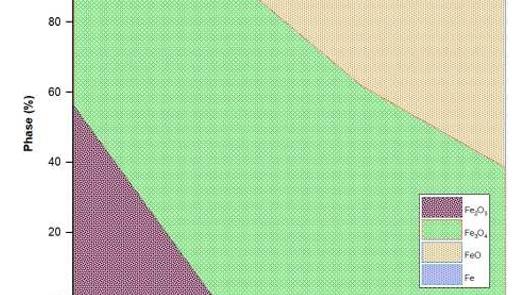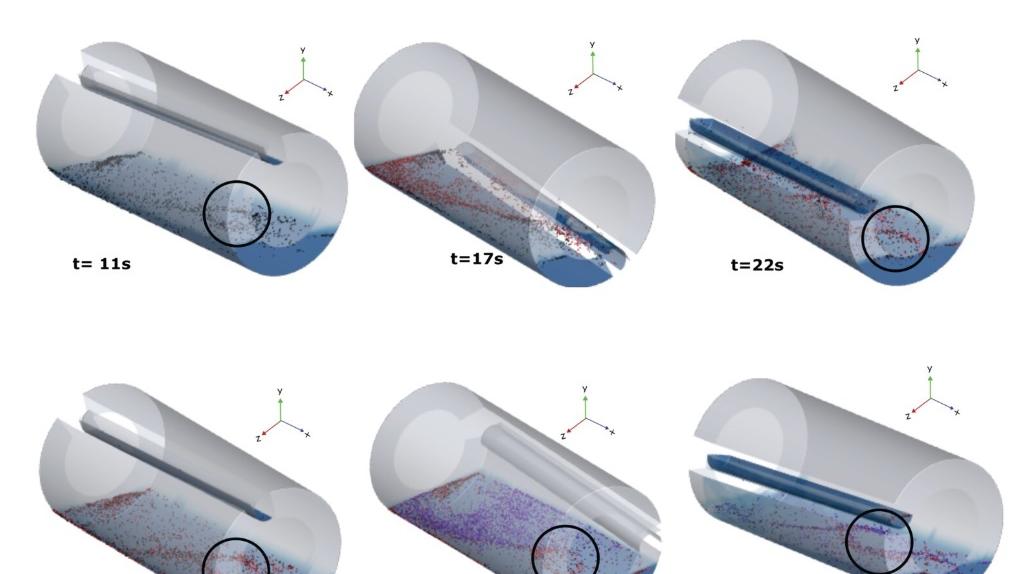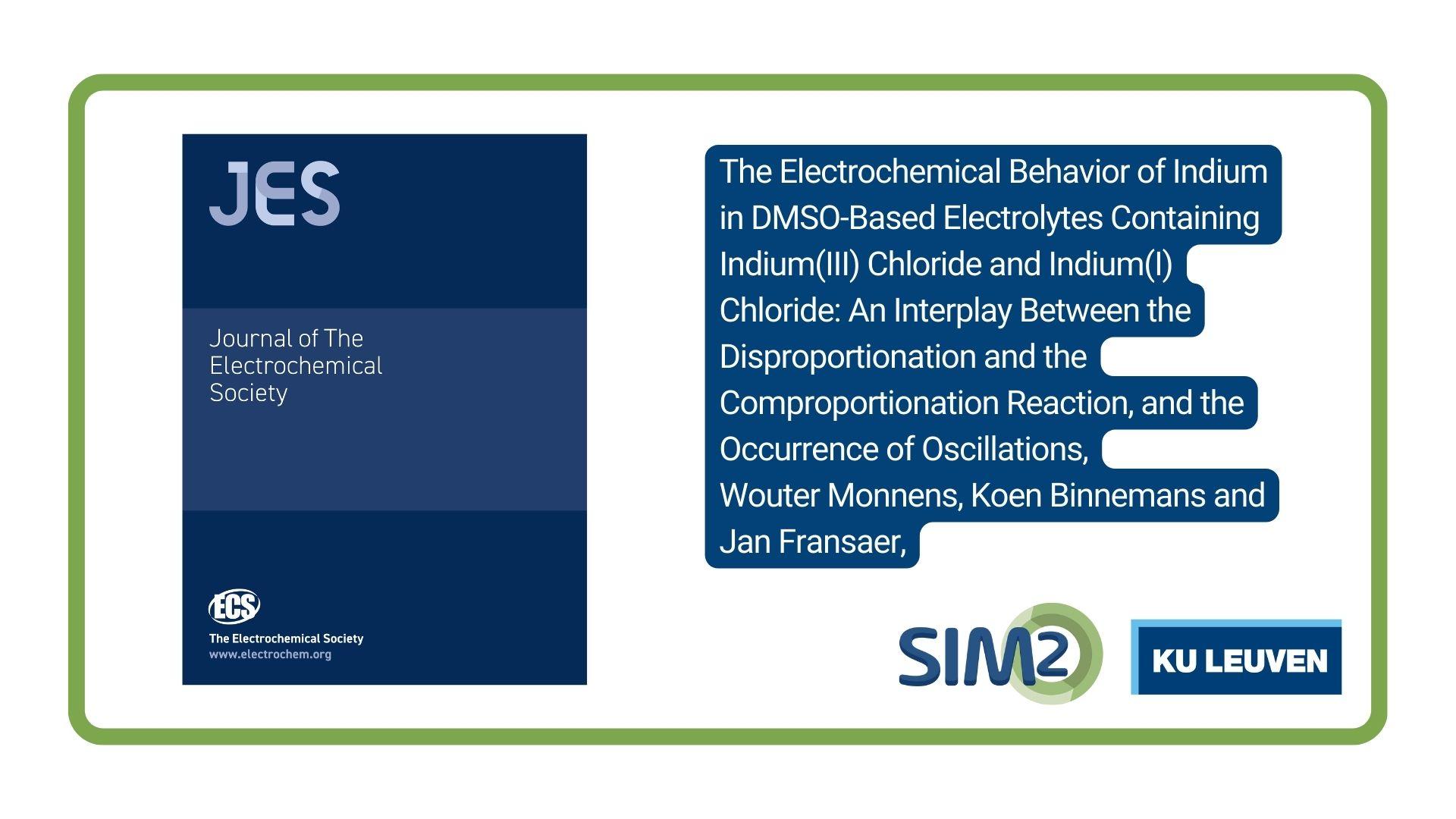The International Tungsten Industry Association (ITIA) has published a valuable 24-page Newsletter on the recycling of tungsten, distinguishing between direct and chemical recycling.
The Newsletter
In the August Issue of its Newsletter Series, Wolf-Dieter Schubert (TU Wien) and Burghard Zeiler (ITIA) provide a thorough overview of the state-of-the-art with respect to direct and chemical recycling of tungsten. The 24-page Newsletter, which is highly relevant for the work pursued in the EU Horizon Tarantula project, can be downloaded through the ITIA website here.
About ITIA
The International Tungsten Industry Association (ITIA) was formally inaugurated in 1988 and is registered under Belgian Law as a not-for-profit association with scientific purposes. The principal aims of the ITIA are defined as follows:
- to promote the use of tungsten and tungsten products
- to co-ordinate the extensive work programme of the ITIA Health, Safety and Environment
- to organise regular meeting fora for the tungsten industry worldwide
- to collate from different sources, comprehensive statistics covering tungsten production, processing, consumption and end-uses and to circulate an annual statistical report to its members.
- to collate and circulate on a regular basis information relating to the ITIA's activities and to arrange for publication of a periodic newsletter
- to liaise and exchange information with other metal trade associations.
[To apply for membership of ITIA, click here for an application form. https://www.itia.info/assets/files/newsletters/Newsletter_2019_08.pdf]
About TARANTULA
TARANTULA’s overarching objective is to develop a toolkit of novel, efficient and flexible metallurgical technologies with high selectivity and recovery rates with respect to W, Nb and Ta. As such, the project will promote (i) sustainable annual supply of secondary W at an amount equivalent to 50% of current EU W primary production, (ii) exploitation of Ta content equivalent to at least 120% of EU annual demand (iii) exploitation of Nb content equivalent to at least 5% of EU annual demand.
TARANTULA has received funding from the European Union's EU Framework Programme for Research and Innovation Horizon 2020 under Grant Agreement No 821159.





